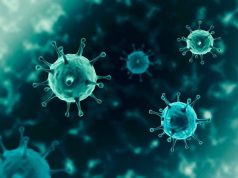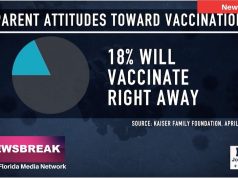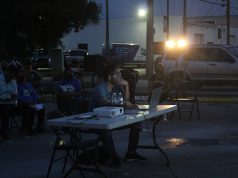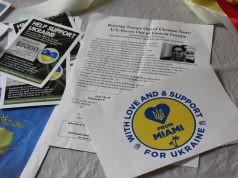On the surface, not much has changed for flight attendants since the onset of COVID-19. Aside from having to wear masks, their lives are as hectic as ever. Uncompromising punctuality and uninterrupted customer service are the expectation, but now with each interaction, there is life-threatening risk involved.
“If I don’t feel safe I don’t want to go [to work],” said a former flight attendant from American Airlines who stopped working at the end of May due to fear for her safety. “My life is not worth a paycheck.”
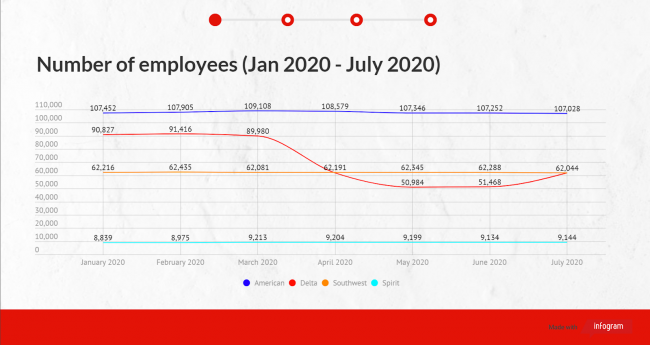
Although this flight attendant had a three-day workweek, there is a lot of time before, after and between flights when they are not getting paid — including the two hours before take-off. Before the pandemic, this was an inconvenience. But now, every extra minute involves potential exposure to the virus.
“We don’t get paid until the door closes,” she said.
Once the flight is over, the cleaning crew has a very limited amount of time to sanitize the plane before the next round of passengers boards. She said that often, they’re already cleaning before the last passenger gets off. And at some airports, the cleaning crew can be just one person.
She said she averaged about three flights a day, so it’s difficult to maintain a routine that could optimize their health.
“It’s exhausting because you don’t really sleep or eat during that time,” she said. “I was at my heaviest weight when I was flying.”
Although all national flights have implemented added safety protocols, not all flight attendants feel secure. The American Airlines flight attendant chose to furlough after the airline continually sent her to California, a flight that took over five hours.
“That’s where a lot of the cases were at the very beginning, and that’s where they kept sending me,” she said.
Data courtesy of Centers for Disease Control and Prevention (CDC).
Although flight attendants are given a face mask and hand sanitizer now, that was not always the case.
“We weren’t allowed to wear masks until March 28,” said the former American Airlines attendant. “It was against our policy.”
She said flight attendants had no added tasks such as additional sanitation between flights. When asked how often the flights are cleaned, she asked, “How deeply?”
According to its website, American Airlines give their planes “electrostatic spraying once a week along with an unnamed EPA-approved disinfectant. They’re also the “first airline” to treat planes with SurfaceWise®2 – a disinfectant they claim kills 99.9% of viruses including coronavirus.
A flight attendant from a low-cost air carrier said she thinks now is the best time to fly.
“No one is flying and everything is really clean now,” she said.
According to its website, Southwest, unlike American Airlines, puts a cap on how many passengers can board so that everyone can fly with the middle seat empty.
The website also claims Southwest spends over six hours every night cleaning each plane. The airline uses hospital-grade disinfectant throughout the aircraft, a procedure they say meets or exceeds standards set by the Center for Disease Control and Prevention (CDC) and the World Health Organization (WHO). Additionally, they use hospital-grade air filters in all aircraft.
Other airlines such as Delta have also implemented social distancing on flights and equipped aircraft with hospital-grade air filters, according to its website. The site also claims that after each flight, the planes get treated with electrostatic sprayers and a crew manually wipes down high-touch areas.




























